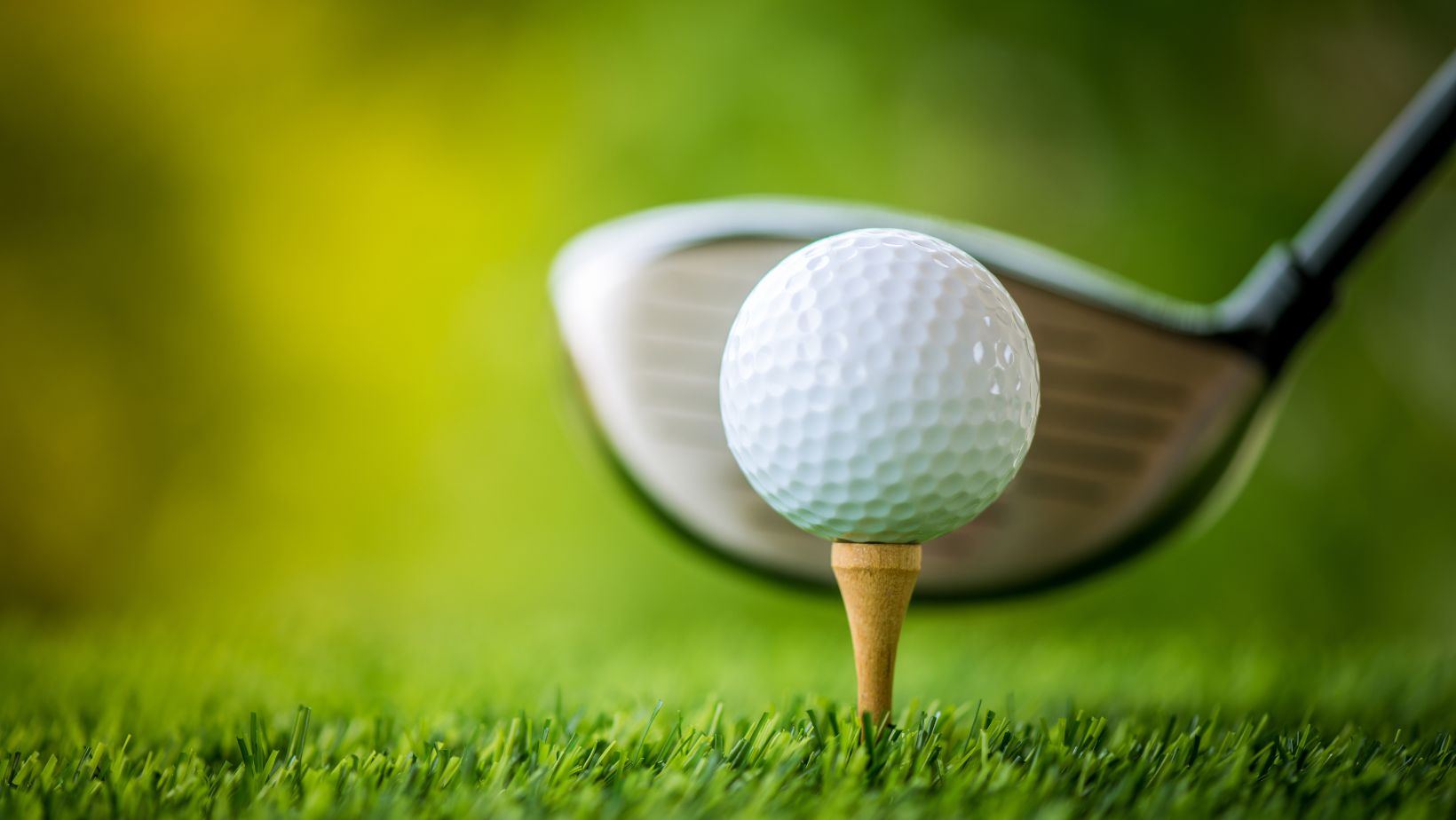Golf clubs come in a variety of types. From traditional wood and metal materials to the widely used composite materials today, golf club manufacturers provide players with a variety of choices and a high-quality hitting experience. This article mainly introduces the types of golf clubs and their new features. Hope it can help business buyers better understand the product and make wise purchasing decisions.
Types of Golf Club Manufacturers
Wood Clubs
Wood clubs are usually used for teeing and can help players hit the ball a longer distance. Drivers are common wood clubs used to hit the ball on the tee. Fairway woods are slightly smaller than drivers and are often used for long-distance shots on the fairway.
Iron Clubs
Iron clubs have a small head and moderate weight and are mainly used for medium and short-distance shots. The smaller the bevel angle of the club, the shorter the hitting distance but the higher the trajectory. The iron series ranges from low numbers to high numbers, gradually suitable for shorter distances and higher trajectories.
Putters
Putters are used to push the ball on the green to make the ball into the hole. The putter has a flat face and no bevel angle.

Its simple design focuses on precise control of the ball’s roll to ensure that the ball can enter the hole smoothly.
Wedges
When faced with special challenges, such as bunker shots or approach shots that require high trajectory, wedges become lifesavers. Its large bevel angle can easily rescue the ball from difficult positions.
Hybrids
Hybrids combine the characteristics of wood clubs and iron clubs. The head is larger and lighter, making it easier to hit. It provides an ideal solution for those difficult rough areas and difficult ball positions.
New Features of Golf Club Manufacturers
The materials of golf clubs are changing from traditional wood and metal to more modern and high-tech composite materials. They not only improve performance but also increase adjustability and intelligent functions.
Use of Composite Materials
The golf club industry is using composite materials to manufacture clubs, such as lightweight alloys, carbon fiber composites, etc. Composite materials are generally lighter and stronger than traditional materials and can provide better energy transfer and stability. This helps to overcome the shortcomings of traditional wooden or iron clubs.
Adjustable Club Hoses
Some golf clubs include adjustable hosels. Allows golfers to adjust the length, loft, face angle, and balance point of the club.

It can adapt to different hitting requirements and golfers’ swing characteristics.
Integration of Technical Sensors
Some new golf clubs integrate technical sensors, such as accelerometers and smart computers. These sensors can record and analyze players’ performance. They may be embedded in composite clubs to provide real-time feedback and data.
Conclusion
The types of golf clubs are constantly enriching and improving. Understanding these contents will help business buyers better grasp market demand and purchase more suitable golf club products. At the same time, with the continuous development of golf and the continuous innovation of technology, more exciting new products will emerge in the golf club market in the future.

